We offer expeditions to Everest via either the South Col route following the footsteps of Edmund Hillary and Tenzing Norgay or via the North Ridge from Tibet. Statistically, climbers attempting Everest via the South Col have a higher chance of success, mainly due to having to spend less time above 8,000m, compared to on the North Ridge. Crucially, a shorter period of settled weather is required on the South side of the mountain and the climb is less exposed to high winds.
The ascent route begins at base camp with a short walk along the moraine that leads to the ice fall. The ice fall is a glacier that is heavy with large seracs and crevasses. The ice fall is fixed and maintained with rope and ladders all the way to Camp I by a team of Sherpas. From Camp I to Camp II the terrain is gradual with a few crevasses. From here the air is much thinner as we make our way up the Lhotse face with mixed snow and ice to Camp III. From Camp III to the South Col the climbing is on easy to moderate mixed snow and rock leading to the South Col- Camp IV. Summit day starts around 11:00 pm the same day with fixed ropes on mixed snow and rock to the south summit, then a short traverse to the Hillary step then all up here to the summit arriving around 9:00 am. The descent from the summit to the South Col takes 3-5 hours.
If you have any inquiries regarding Mount Everest Expedition, feel free to contact the Alpine Club Of Himalaya.
Overview
Important Note :
Your safety is of paramount importance to us at Alpine Club of Himalaya. We have the absolute authority to cancel the trip or change the itinerary, when deemed necessary or when we have reason to believe your safety is at stake. Weather conditions, the health condition of a group member, natural disasters, and such, can contribute to changes in the itinerary when traveling in remote mountainous regions. In these extreme situations, we kindly request that you offer your full co-operation to the trusted leader of the group appointed by Alpine Club of Himalaya. However, we assure you that we will make every effort to keep to the above itinerary.









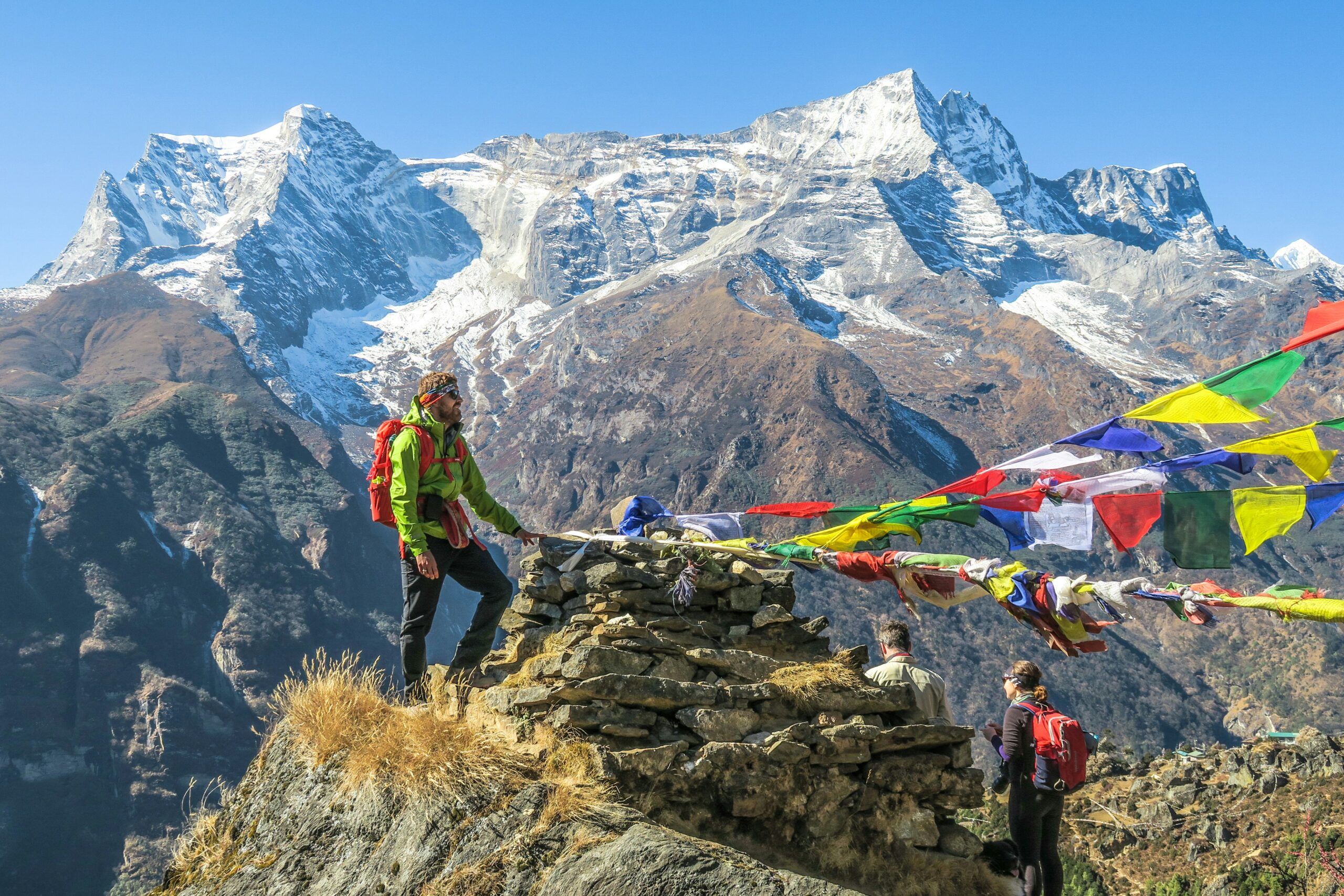
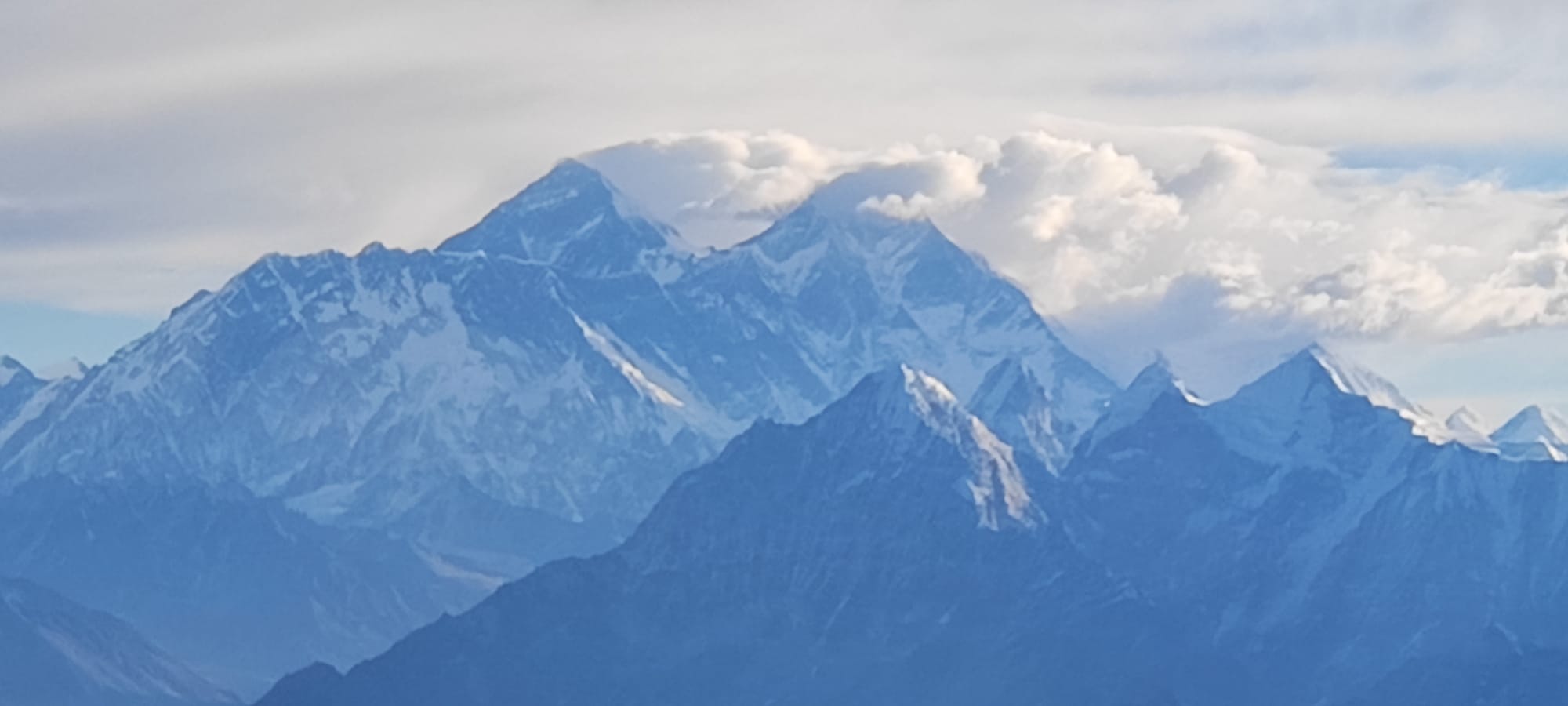

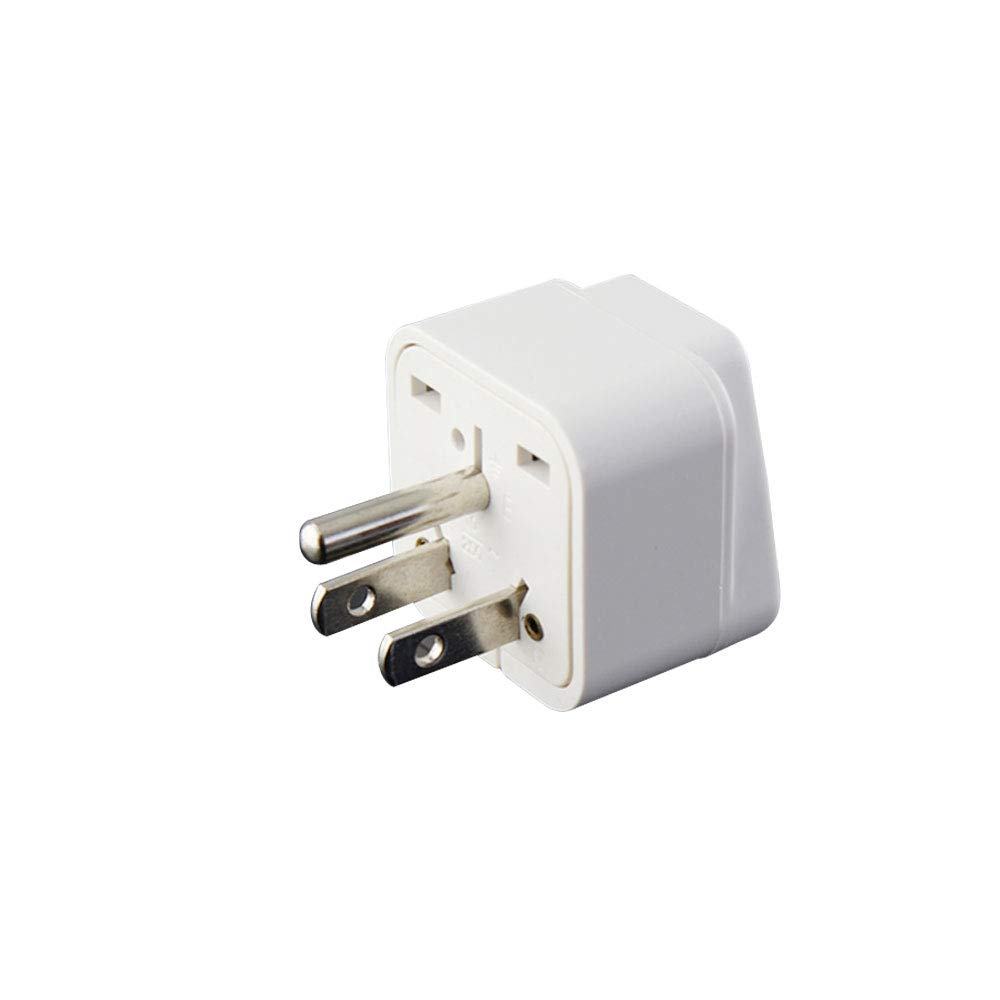
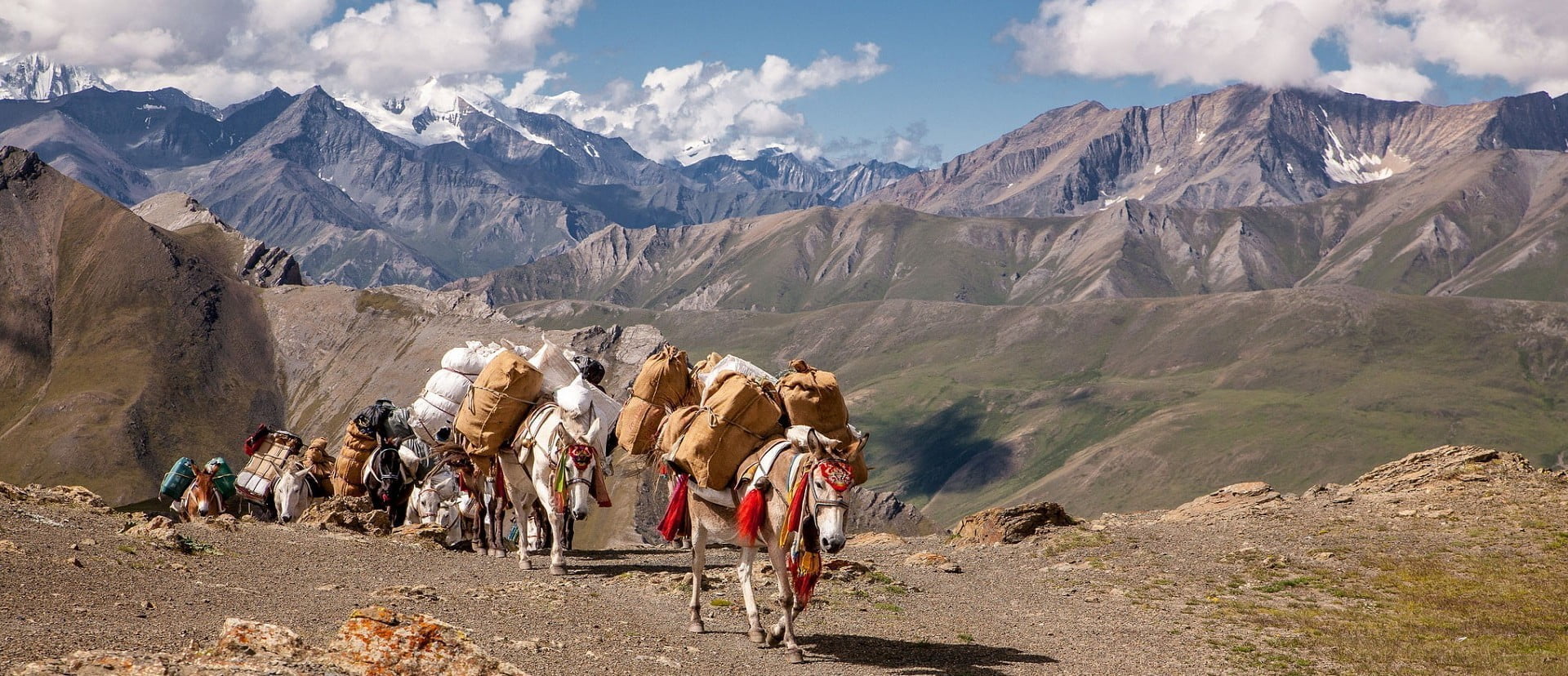
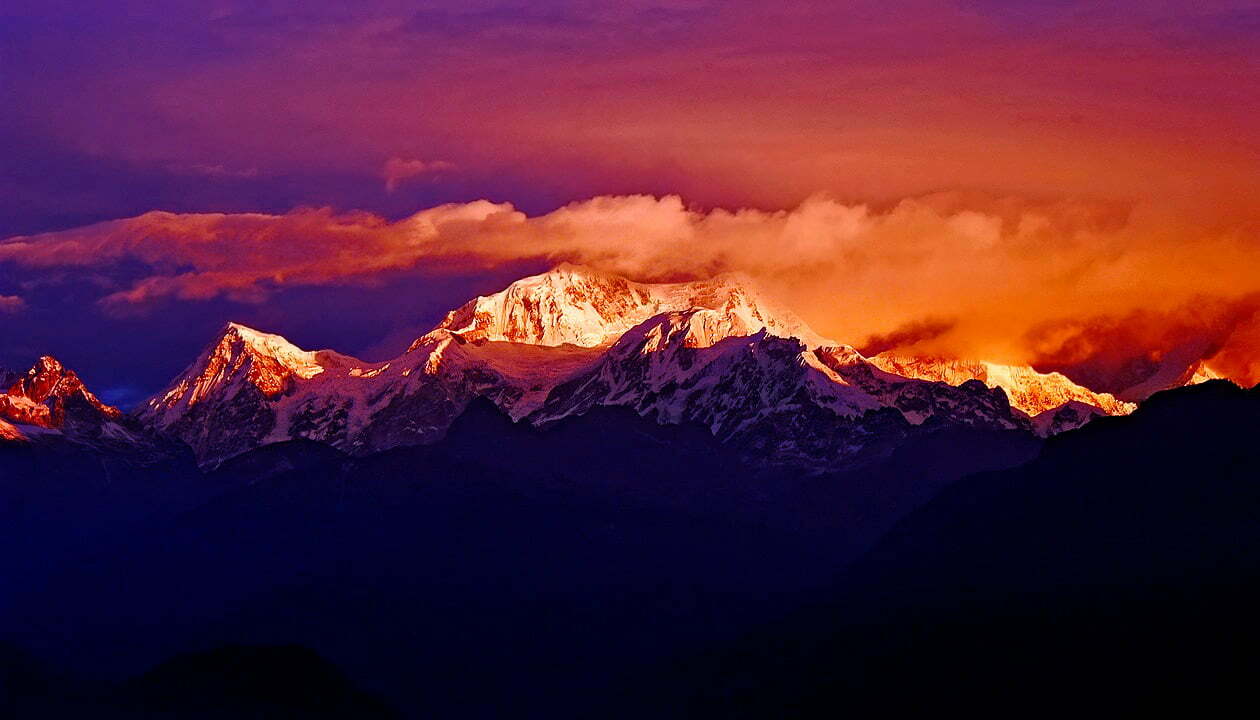
Write a Review